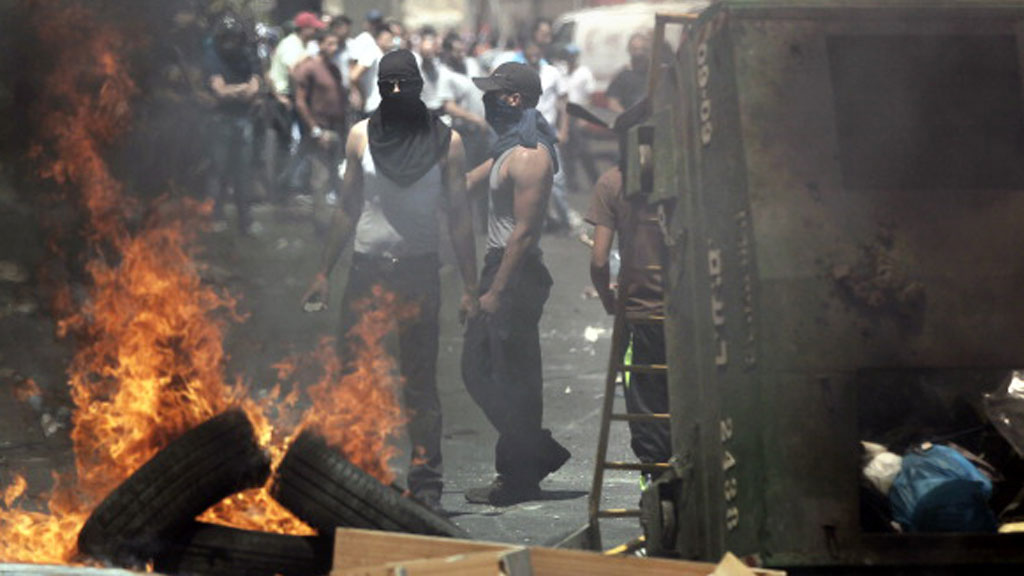Is this the start of the third intifada?
As the war in the Gaza strip continues, some fear that a third intifada – a Palestinian uprising against the Israelis – may be brewing.

Intifada is an Arabic word that translates as “shaking off” but is commonly used to describe an uprising or resistance. In the context of the Israeli-Palestinian conflict, an intifada is a Palestinian uprising against Israel. It is an intense period of Israeli-Palestinian violence.
But the current conflict is already a scene of intense violence. At the time of writing, 803 Palestinians and 34 Israelis have lost their lives since fighting began 17 days ago. What signals the start of a third intifada?
Professor of Peace Studies at the University of Bradford, Paul Rogers, told Channel 4 News: “At the moment it is not [an intifada], it’s just major demonstrations, nothing beyond that yet.
“The key thing will be after Friday prayers. The Israelis will have a very strong security presence in the West Bank. People will start to talk seriously about a third intifada if there’s a few days of heavy protest.”
Controlling the population
Professor Andrew Rigby, emeritus professor at Coventry University, told Channel 4 News he did not think there would be a third intifada in the coming days: “The big problem for any uprising is that the Palestinian authority has basically been acting in conjunction with Israeli security to control the population in the West Bank.
“There have been protests but the numbers are tens and hundreds, not vast numbers. They’ve been met by Palestinian security forces. The Palestinian authorities in the West Bank will not allow an intifada to happen.”
The first intifada took place between 1987 and 1993 and began after decades of dispute over control of certain territory. Palestinians wanted to remove Israeli troops and civilians from what they considered 'occupied land'. The conflict stopped when Palestinian leader Yasser Arafat recognised Israel's right to exist and signed a peace agreement.
The second intifada started in September 2000, when Ariel Sharon made a visit to the Temple Mount, which was seen as highly provocative by Palestinians. Large protests quickly turned into years of conflict. The intifada lost momentum after the death of Yasser Arafat in 2004, and a peace agreement was signed a year later.
Professor Rogers thinks greater knowledge of the conflict could lead to more protests: “There’s been a bigger media presence in Gaza during this conflict, giving a better account of what’s going on.
“Western media have been more sensitive in their coverage, but middle eastern news networks like Al-Jazeera are not censoring graphic images. Social media also been full of graphic videos and images. There’s a much greater day to day knowledge of the casualties and the conflict on the ground.”
Professor Rigby also says new Israeli barriers in the West Bank have made protests more difficult: “The Palestinian population in the West Bank is fragmented. Free movement is not possible. It is much harder to organise a mass protest than it has been in the past.”